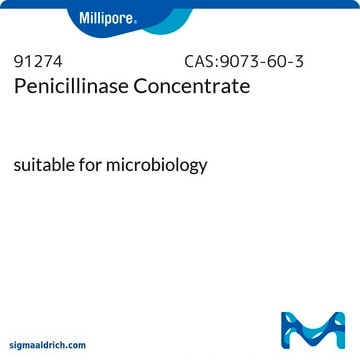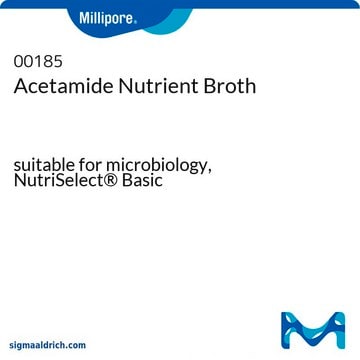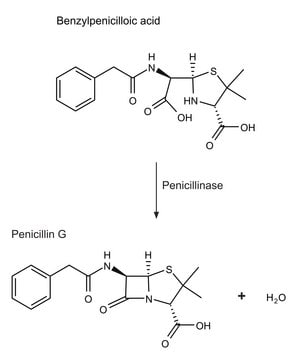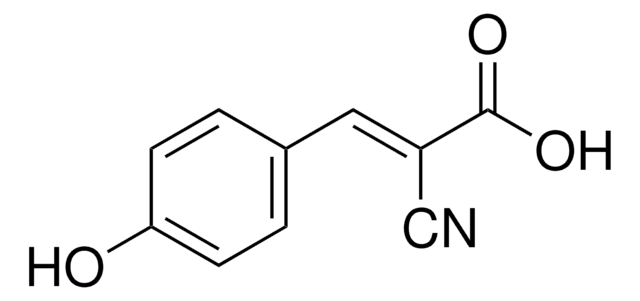A0637
DL-2-Aminoadipic acid
≥99% (TLC), powder, gliotoxic
Synonym(s):
DL-α-Aminoadipic acid
About This Item
Recommended Products
Product Name
DL-2-Aminoadipic acid, ≥99%
Quality Level
assay
≥99%
form
powder
mp
196-198 °C (lit.)
storage temp.
2-8°C
SMILES string
NC(CCCC(O)=O)C(O)=O
InChI
1S/C6H11NO4/c7-4(6(10)11)2-1-3-5(8)9/h4H,1-3,7H2,(H,8,9)(H,10,11)
InChI key
OYIFNHCXNCRBQI-UHFFFAOYSA-N
Gene Information
rat ... Grin2b(24410)
Looking for similar products? Visit Product Comparison Guide
Application
Biochem/physiol Actions
signalword
Warning
hcodes
Hazard Classifications
Skin Sens. 1
Storage Class
11 - Combustible Solids
wgk_germany
WGK 3
flash_point_f
Not applicable
flash_point_c
Not applicable
Choose from one of the most recent versions:
Already Own This Product?
Find documentation for the products that you have recently purchased in the Document Library.
Customers Also Viewed
Our team of scientists has experience in all areas of research including Life Science, Material Science, Chemical Synthesis, Chromatography, Analytical and many others.
Contact Technical Service












